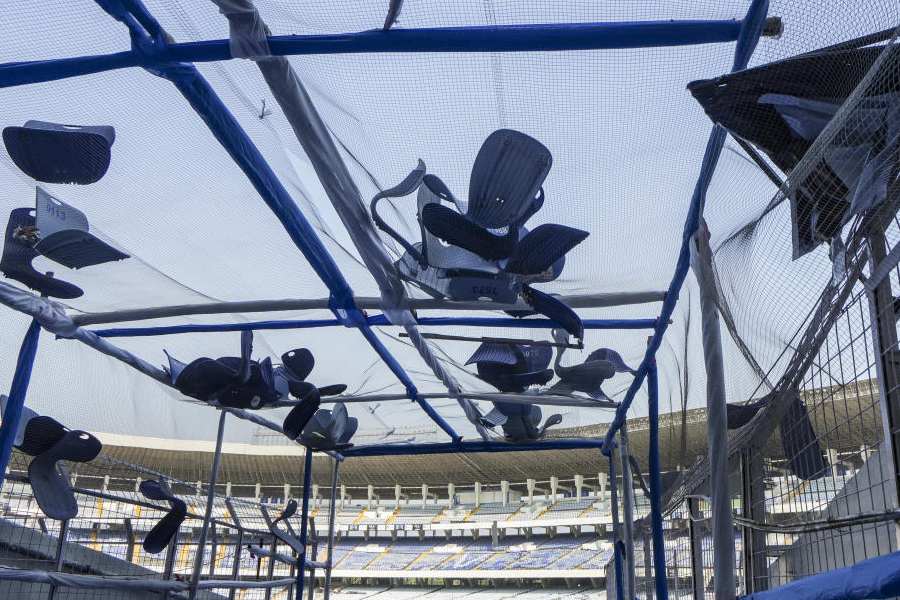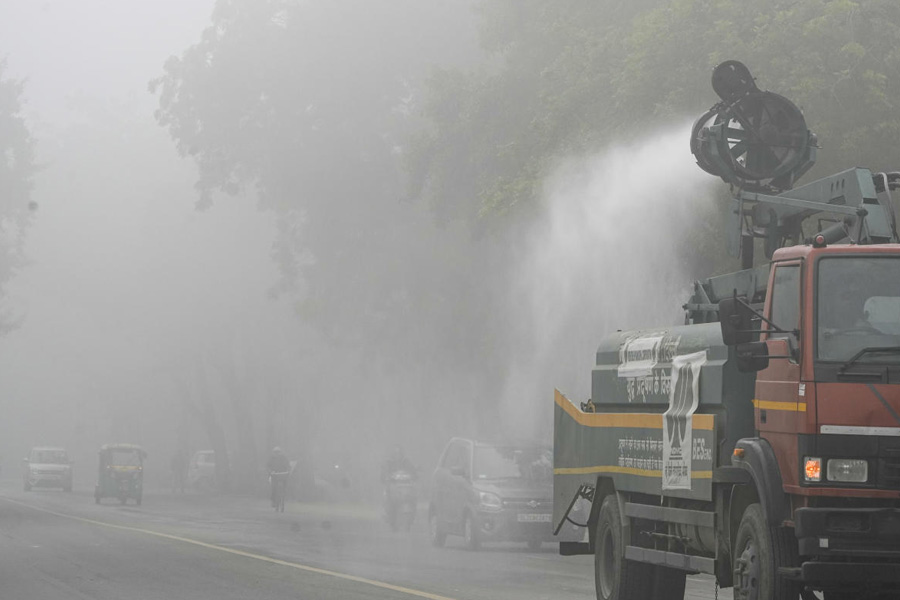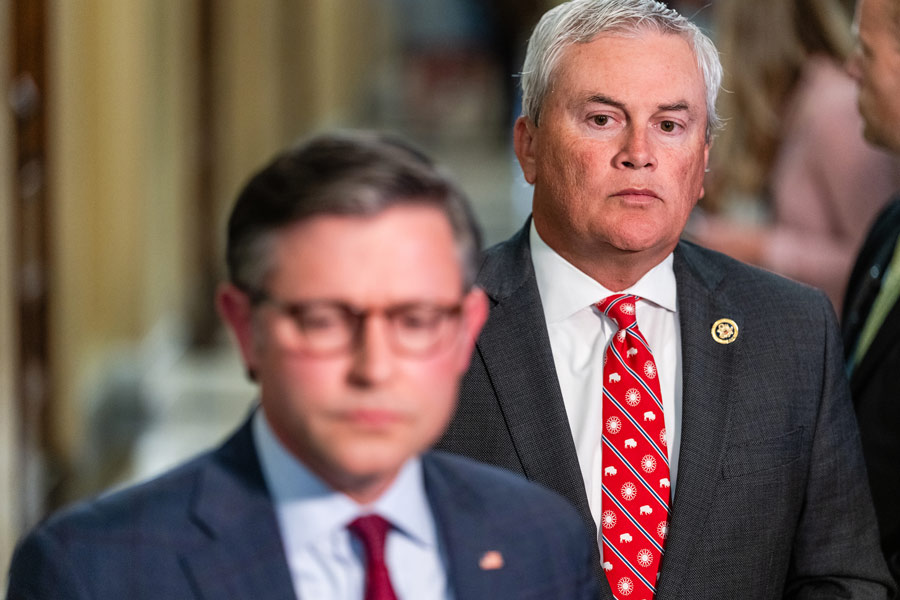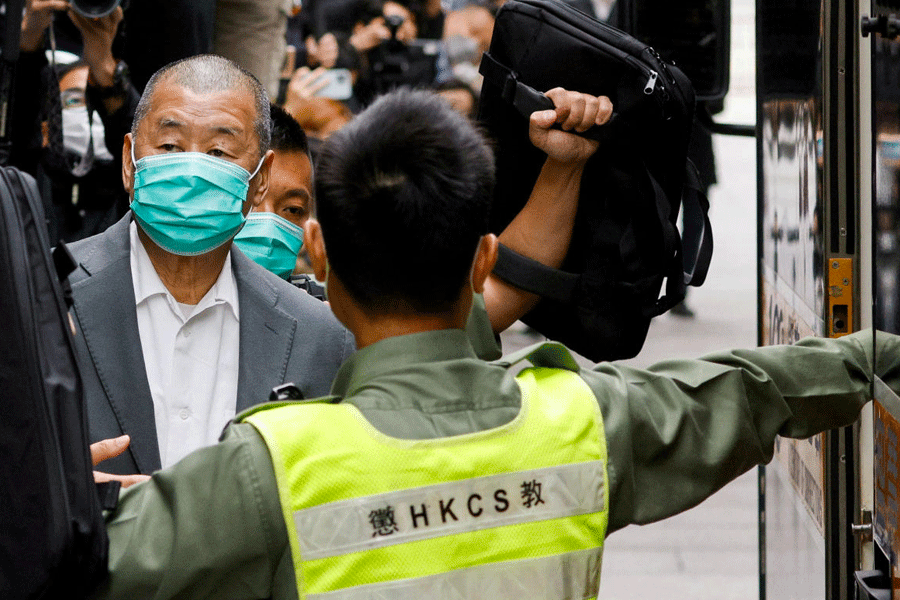The potential impact of US tariffs on its trading partners got crowded with another round of confusion after President Donald Trump announced he could offer some exemptions to the 10 per cent tariff that has come into effect on most US trading partners from April 2.
“There could be a couple of exceptions for obvious reasons but I would say 10 per cent is a floor,” Trump told reporters on Friday.
The US president — whose announcements on tariffs have been characterised by flip-flops — did not explain the “obvious reasons” nor did he throw any light on the potential beneficiaries from the “exceptions”.
After financial markets went into a tailspin over fears of recession and inflation due to Trump’s tariff, the US President pressed a pause button on country specific higher levies, which were to come into effect on April 9, for 90 days and said this window would allow countries to reach bilateral deals with the US.
While China retaliated to the US tariffs and vowed to “fight till the end”, several countries, including India and some countries in the Asia Pacific region, reached out to Washington to strike trade agreements.
As the countdown for 90 deals in 90 days have begun, experts have begun discussing how effectively the administration can manage so many simultaneous negotiations and the overall prospects for reaching 90 deals in as many days. While some White House officials were confident of accomplishing the task, Wendy Cutler, who had a long career as a negotiator in the office of the US trade representative, expressed doubts.
“Teeing up these decisions is going to take some serious negotiations,” Reuters quoted her in a report. “There’s no way during this timeframe we’re doing a comprehensive agreement with any of these countries.”
Even the smallest of Trump’s first-term trade deals, revising the automotive and steel provisions of the US-South Korea Free Trade Agreement, took over eight months, reported Reuters.
Against this backdrop, Cutler said the present turmoil would put pressure on the Trump team for some quick wins. “The onus is going to be on them to show that they can quickly conclude agreements with countries, and instil some confidence in the market,” she said.
The fact that the onus to set things right will be on Trump cannot be wished away as his tariffs resulted in a tumultuous week for equity and bond markets and injected more uncertainty for countries, investors and businesses grappling with his trade policies.
After Trump’s announcements on the 90-day pause and a report that the US Federal Reserve was ready to help stabilise markets, the S&P 500 did jump 1.8 per cent, but experts feel that the volatility in the markets will continue.
The US President on Friday tried to downplay the turmoil. “I think the markets were solid today. I think people are seeing we’re in great shape,” he said, before adding that the US dollar would “always” remain “the currency of choice”.
“If a nation said we’re not going to be on the dollar, I would tell you that within about one phone call they would be back on the dollar. You always have to keep the dollar,” Trump was quoted in a Bloomberg report. He also shrugged off fluctuations in US treasuries, which he indicated this week were a factor in his shift on tariff policy.
Bloomberg reported Trump’s administration exempted smartphones, computers and other electronics from its so-called reciprocal tariffs, potentially cushioning consumers from sticker shock while benefitting electronics giants, including Apple and Samsung. The products that won’t be subject to Trump’s new tariffs also include machines used to make semiconductors.
The tariff reprieve, however, may prove fleeting as the exclusions stem from the initial order, which prevented extra tariffs on certain sectors from stacking cumulatively on top of the country-wide rates. The exclusion is a sign that the products may soon be subject to a different tariff, albeit almost surely a lower one for China, reported Bloomberg.










